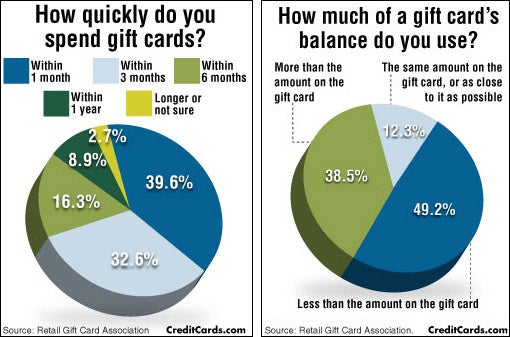A laser is an effective tool for marking and engraving on materials like steels, timber, and glass. However when dealing with a breakable material like glass, accurate placement of your design is critical.
Unlike other laser-marked materials, glass does not evaporate however cracks when revealed to laser warmth. This offers the personalized surface its characteristic appearance.
Localized Heating
The laser light engages with the glass surface area, triggering local home heating and perhaps evaporation or ablation. This develops an engraved, frosted, or personalized appearance. Unlike inks and paint, laser marking marks are permanent and do not fade over time.
Laser engraving on glass is challenging because of the material's brittleness and susceptibility to thermal shock. The unexpected, fast temperature modifications produced by high laser power can trigger splitting and damage of the surface.
To minimize this danger, laser engravers utilize water refrigerators to assist handle the warm and spread it uniformly over the surface. Applying a moistening compound or concealing the surface also helps to reduce cracking and improve laser efficiency. In addition, lowering the laser power setup and raising the inscribing rate aid to keep a regular temperature level. Likewise, preventing subjecting the glass to hot air or water right away after etching will also minimize the risk of thermal shock and fracturing.
Transparent Products
Several laser maker types are offered, with each having distinct wavelengths and power arrays. Some have the ability to generate high-contrast inscriptions on glass while others may require additional measures to make certain optimum outcomes.
For instance, using a paper mask to protect the surface of your work surface from warm can help reduce cracking by dissipating the laser beam's warmth prior to it has a possibility to impact the glass. Similarly, using a slim coat of dish soap can also decrease the quantity of glass shards that are given off after the laser process is full.
Finally, it is very important to keep the laser head at a consistent rate throughout the whole process to prevent sudden changes in temperature level that can cause breaking. Furthermore, a water-cooled laser system can also aid take care of the effect of laser heat on fragile products such as glass. Additionally, deciding to utilize a Jarvis dither pattern on your laser chauffeur settings will certainly separate the dots of your graphic, lowering their general heat usage and influence on the material.
Precision
Laser inscription is among the most specific techniques for glass marking. It permits top notch, customized gifts or organization applications such as engraved glassware for dining establishments that promotes brand name identity and quality.
Personalized glass is durable and able to endure everyday usage and cleaning, making it ideal for a range of applications. It also supplies terrific versatility when it involves the style of patterns, images, and message.
Ensure you make use of the best type of glass for your job and fine-tune your laser setups before beginning. Different types of glass respond differently to warmth, and changing the laser power based on density assists avoid splitting. Also, a water-chiller decorative glass for homes lowers temperature variations that result in fracturing. Lastly, covering up the surface of your glass workpiece with a paper towel or a layer of meal soap can aid dissipate the laser warm and prevent breaking. It is also crucial to secure your glass workpiece with a jig to minimize motion that leads to misalignment.
Sustainability
Laser noting on glass is an environmentally friendly process that decreases making use of harmful chemicals and gives clear, long-term high-resolution codes. This aids safeguard items against meddling and counterfeiting while instilling confidence in consumers.
With a little preparation, laser inscription on glass opens a world of opportunities for artists and makers alike. It is a cost-effective and sustainable choice to conventional inscription techniques such as sandblasting or engraving lotions.
Before inscribing, it is essential to pre-heat the glass. This helps limit thermal shock and stay clear of cracking of the breakable product. Keeping the power setups reduced and using a slower cool off can additionally assist to stop glass cracking. Furthermore, a fume removal system can aid remove smoke, dirt, and particle debris from the office to maintain the working environment risk-free and tidy. As soon as your system is correctly established, it's an excellent idea to try out a couple of examples to find the very best setup for your specific kind of glass.
